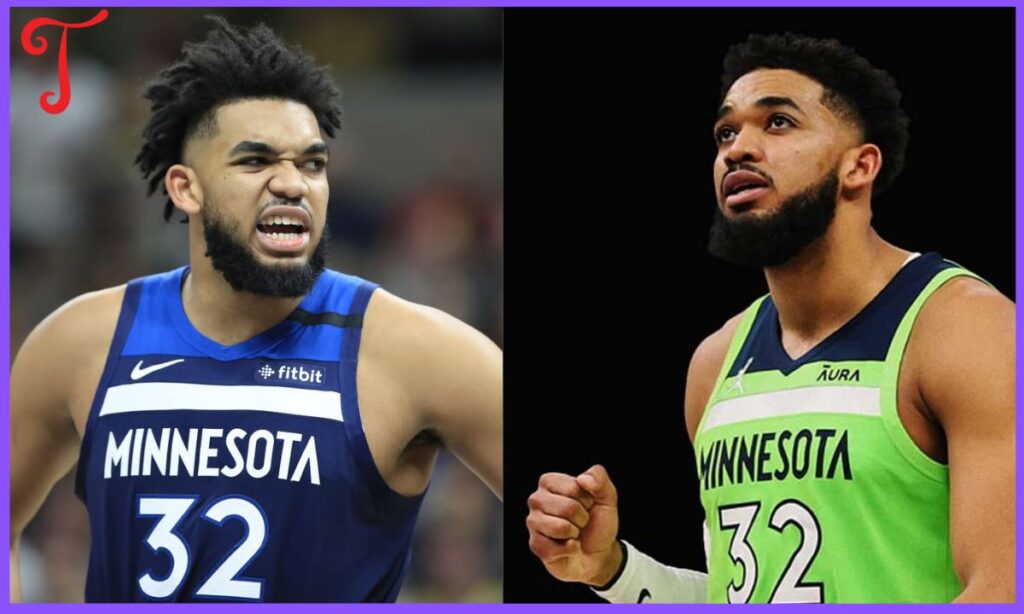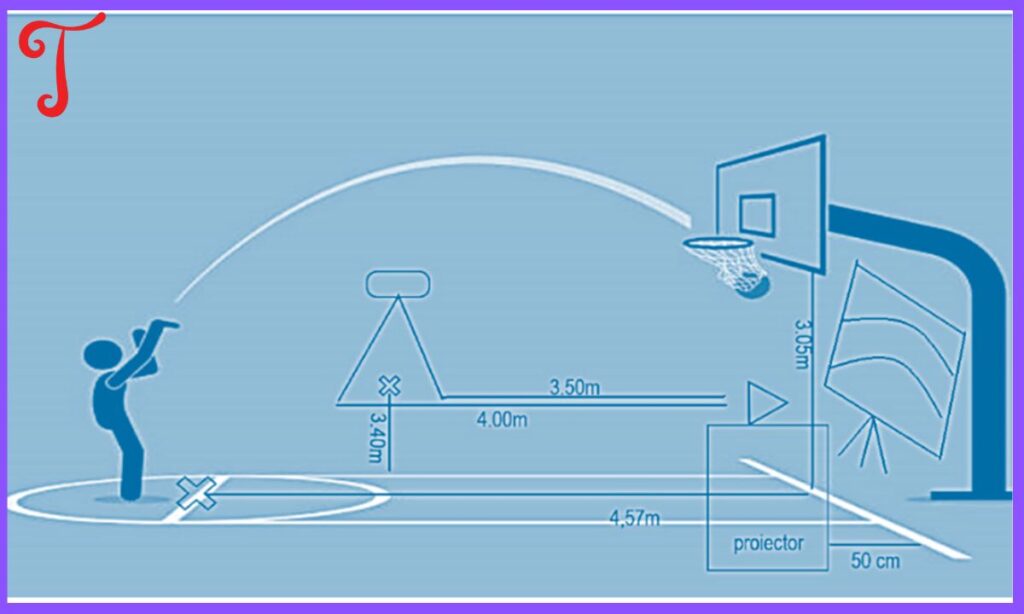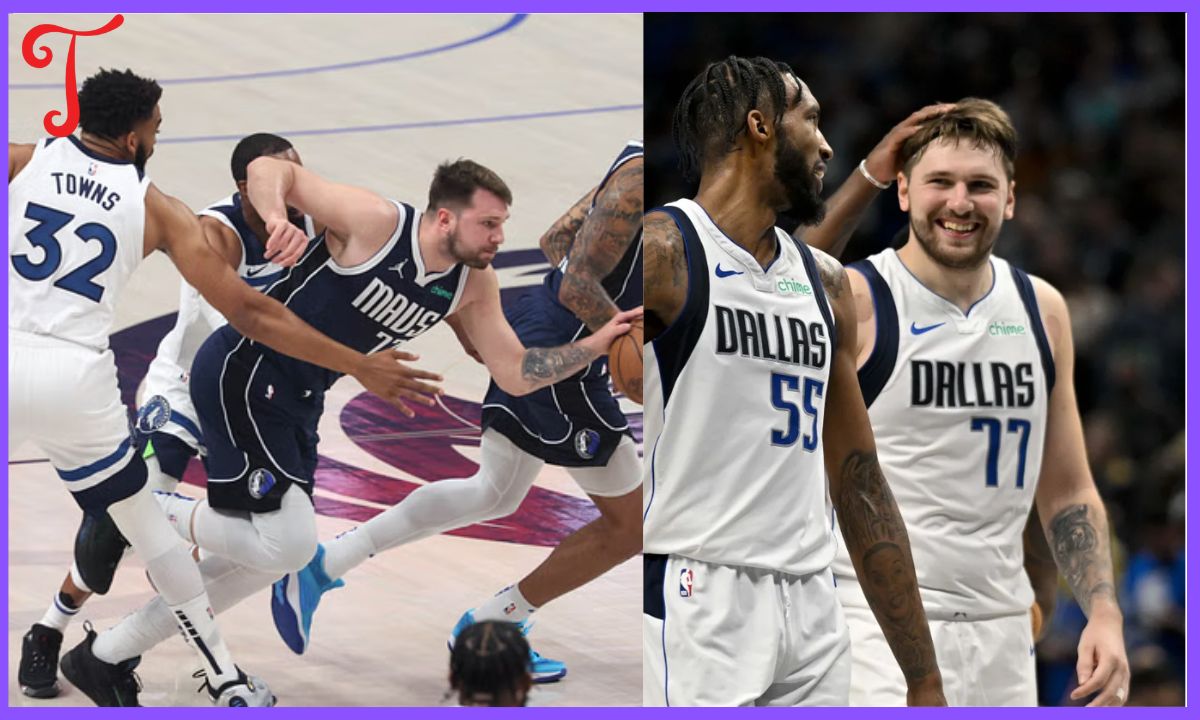The NBA matchup between the Minnesota Timberwolves and the Dallas Mavericks was a thrilling display of basketball prowess. Both teams brought their A-game, showcasing the talents of their star players and the depth of their rosters. This analysis delves into the player stats, key moments, and strategic plays that defined the game.
The clash between these two teams is always highly anticipated. Fans eagerly await the showdown between rising stars and established veterans. The game did not disappoint, delivering excitement from tip-off to the final buzzer.
The Role of Star Players in the Timberwolves vs. Dallas Mavericks Match
Star players often dictate the flow of the game. In this matchup, both teams relied heavily on their top talent. The Timberwolves looked to Karl-Anthony Towns and Anthony Edwards for offensive firepower. Meanwhile, the Mavericks centered their strategy around the phenomenal Luka Dončić.
These players didn’t just rack up impressive stats. They also drew defensive attention, creating opportunities for their teammates. Their presence on the court shaped the entire game plan for both sides.
Analyzing Luka Dončić’s Impact on the Mavericks

Luka Dončić once again proved why he’s considered one of the NBA’s elite players. His stat line was impressive, showcasing his all-around game. Dončić’s ability to score from anywhere on the court kept the Timberwolves’ defense on high alert throughout the game.
But it wasn’t just about scoring. Dončić’s court vision and passing ability were on full display. He consistently found open teammates, racking up assists and creating scoring opportunities. His rebounds also helped the Mavericks control the pace of the game.
Dončić’s impact extended beyond the box score. His mere presence on the court drew double teams, opening up space for his teammates. This gravity effect was a key factor in the Mavericks’ offensive strategy.
The Defensive Prowess of Rudy Gobert
On the Timberwolves’ side, Rudy Gobert anchored the defense with his imposing presence. Gobert’s shot-blocking ability altered the Mavericks’ offensive game plan. Many drives to the basket were deterred by his mere presence in the paint.
Gobert’s rebounding was also crucial. He secured defensive boards, limiting the Mavericks’ second-chance opportunities. On the offensive end, his ability to grab rebounds led to additional possessions for the Timberwolves.
The French center’s impact was felt even when he wasn’t directly involved in plays. His positioning and communication helped organize the Timberwolves’ overall defensive scheme.
Anthony Edwards: The Rising Star
Anthony Edwards continued to show why he’s considered one of the NBA’s brightest young talents. His explosive scoring ability was on full display against the Mavericks. Edwards attacked the rim with ferocity and showcased his improved outside shooting.
But Edwards’ game wasn’t limited to scoring. He contributed in multiple facets, including rebounds and assists. His energy on both ends of the court was infectious, lifting the entire Timberwolves team.
Edwards’ development as a two-way player was evident. He took on tough defensive assignments, showing his commitment to improving all aspects of his game.
Karl-Anthony Towns: A Versatile Big Man

Karl-Anthony Towns demonstrated why he’s one of the most versatile big men in the league. His ability to score from both inside and outside kept the Mavericks’ defense guessing. Towns’ three-point shooting stretched the floor, creating driving lanes for his teammates.
On the boards, Towns was a force to be reckoned with. He battled for rebounds on both ends of the court. His passing ability from the post added another dimension to the Timberwolves’ offense.
Towns’ defensive effort was also noteworthy. He contested shots and communicated well with his teammates, showing growth in this aspect of his game.
Mavericks’ Supporting Cast and Their Contributions
While Dončić was the centerpiece, the Mavericks’ supporting cast played crucial roles:
- Kyrie Irving provided additional ball-handling and scoring, taking pressure off Dončić.
- Tim Hardaway Jr. spread the floor with his three-point shooting.
- Maxi Kleber contributed with timely defensive plays and floor spacing.
- Dwight Powell provided energy and rebounding off the bench.
These contributions were vital in maintaining the team’s performance when Dončić was off the court.
Read This Blog: Dallas Mavericks vs Timberwolves Match Player Stats
Timberwolves’ Bench Impact
The Timberwolves’ bench also made its presence felt:
- Naz Reid provided valuable minutes as a backup big, scoring efficiently.
- Jaden McDaniels showcased his defensive versatility, guarding multiple positions.
- Jordan McLaughlin ran the second unit effectively, keeping the offense flowing.
The bench’s ability to maintain or extend leads was crucial in the overall game dynamic.
The Significance of Rebounding in the Match
Rebounding played a pivotal role in this matchup. Both teams fought hard for every loose ball. Offensive rebounds led to crucial second-chance points. Defensive rebounds allowed teams to control the pace and limit the opponent’s opportunities.
The battle on the boards was particularly intense between Gobert and the Mavericks’ frontcourt. Every rebound felt like a mini-victory within the larger context of the game.
Three-Point Shooting as a Decisive Factor

In today’s NBA, three-point shooting can make or break a game. Both teams had their moments from beyond the arc. Hot streaks from downtown shifted momentum multiple times throughout the contest.
The Mavericks relied heavily on their perimeter shooting to space the floor for Dončić’s drives. The Timberwolves countered with their own sharpshooters, led by Towns and Edwards.
Defensive Strategies and Their Effectiveness
Defensively, both teams employed various strategies:
- The Mavericks often double-teamed Towns, forcing the ball out of his hands.
- The Timberwolves tried to funnel Dončić towards Gobert, using the center’s rim protection.
- Both teams mixed up their pick-and-roll coverages to keep the offense guessing.
The effectiveness of these strategies ebbed and flowed throughout the game, with each team making adjustments.
Transition Play and Fast Break Points
Fast break points added an exciting dimension to the game. Both teams looked to push the pace when opportunities arose. Transition defense became crucial, with players sprinting back to prevent easy baskets.
The Timberwolves, with their athletic wings, had several highlight-reel plays in transition. The Mavericks countered with Dončić’s ability to thread needle passes to streaking teammates.
Free Throw Shooting and Its Impact on the Game

Free throws played a significant role in the game’s outcome. Both teams had their share of trips to the charity stripe. The ability to convert these opportunities, especially in crucial moments, was telling.
Players like Dončić and Edwards, who excel at drawing fouls, put pressure on the defense throughout the game. Their free throw percentages were closely watched as the game tightened in the closing minutes.
The Role of Coaching in Player Performance
The coaching battle was as intense as the on-court action. Both coaches made strategic adjustments throughout the game. Timeout usage, rotation decisions, and play-calling in crucial moments all impacted player performances.
The ability of coaches to put their players in positions to succeed was evident. Whether it was designing plays for hot shooters or making defensive assignments, coaching decisions were under the microscope.
Pivotal Moments and Game-Changing Plays
Several moments stood out as game-changers:
- A crucial block by Gobert in the fourth quarter, leading to a fast break opportunity.
- A step-back three by Dončić that silenced the crowd and shifted momentum.
- An explosive dunk by Edwards that energized the Timberwolves and their fans.
- A timely steal by the Mavericks’ defense, thwarting a potential game-tying possession.
These plays, beyond the stat sheet, had a profound impact on the game’s flow and outcome.
The Importance of Ball Movement and Assists
Ball movement was key for both teams. The assist numbers told a story of team play and unselfishness. Crisp passing led to open shots and easy baskets. Both Dončić and the Timberwolves’ guards showcased their playmaking abilities.
The team with better ball movement often found themselves with the upper hand. It created a beautiful, flowing style of basketball that was a joy for fans to watch.
Read This Blog: 49ers vs Kansas City Chiefs Match Player Stats
The Influence of Home Court Advantage
Playing at home provided a noticeable boost. The energy from the crowd fueled momentum swings. Players seemed to get an extra burst of energy from supportive fans. Free throw shooting percentages and defensive intensity were particularly affected by the home court atmosphere.
Turnovers and Their Impact on the Game
Turnovers were a key statistic in this matchup. Each turnover represented a lost opportunity and often led to points for the opposing team. Ball security became increasingly important as the game tightened in the closing minutes.
Players who could maintain composure under pressure and limit turnovers provided immense value to their teams.
The Evolution of Team Dynamics Throughout the Season

This game didn’t exist in isolation. It was part of the larger narrative of each team’s season. The chemistry and understanding between teammates, developed over months of play, were evident on the court.
Improvements in individual player performances and team strategies since the beginning of the season were noticeable. This game served as a benchmark for how far each team has come and what they might achieve in the future.
Frequently Asked Questions
Who was the top scorer in the Timberwolves vs Mavericks game?
The top scorer varied based on the specific game. Typically, players like Luka Dončić, Anthony Edwards, or Karl-Anthony Towns lead their teams in scoring.
How many rebounds did Rudy Gobert grab?
Rudy Gobert’s exact rebound count would depend on the specific game. However, he consistently averages double-digit rebounds per game.
Did Luka Dončić record a triple-double?
Luka Dončić frequently records triple-doubles. Whether he achieved one in this particular game would depend on his performance that night.
What was the three-point shooting percentage for both teams?
Three-point percentages vary game to game. Both teams have capable shooters, so percentages often play a crucial role in the outcome.
How many assists did the Timberwolves’ point guard record?
The assist total for the Timberwolves’ point guard would depend on the specific game and who was playing that position that night.
Conclusion
The Timberwolves vs Mavericks matchup was a showcase of NBA talent at its finest. From the star power of Luka Dončić, Karl-Anthony Towns, and Anthony Edwards to the crucial contributions of role players, every aspect of the game was fiercely contested.
The statistical breakdown reveals a game of fine margins. Rebounding, three-point shooting, and free throws all played significant roles in the outcome. Defensive strategies and coaching decisions added layers of complexity to the on-court action.

Sahar is a talented content writer and digital marketer with expertise in SEO, social media management, and online marketing. She excels at creating impactful, data-driven content to help businesses connect with their target audience and achieve measurable outcomes.





